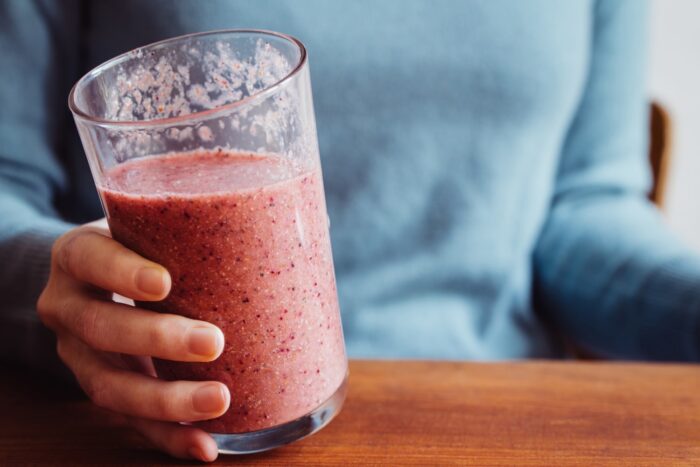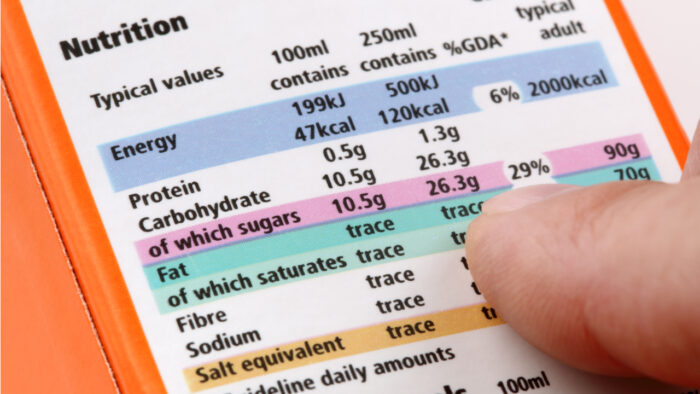
How many times have you wondered about some food items, their content & macronutrients? Most people who work out, those on a diet, or athletes are very well-aware of what foods to have, and what to consume on a daily. However, what about those who have no clue what to do, and where to begin their journey?
Eating out in fancy restaurants or dinners might be challenging if you’re attempting to maintain a balanced diet and exercise schedule, yet you don’t have access to the restaurant’s dietary options. This is the reality for most people & places who lack nutritional facts.
Luckily, there are ways how you can include nutritional facts in every restaurant or in your everyday routine & habits. Keep on reading and find out all there’s to it!
Nutrition Analysis Tips for Restaurants – 6 Things to know

1. Do restaurants offer nutrition facts?
You probably already know the answer to this question after perusing the websites of your favorite eateries: no. Although food labeling is required for the vast majority of prepared foods sold in grocery stores, only a subset of restaurants and retail food facilities are required to show such information for regular menu items (such as Mcdonalds, Burger King, etc).
You can gather information for nutritional analysis in a number of methods, such as:
- Lab info
- Expert opinion from a separate firm or consultancy
- Evaluation using computer-readable discs
- Online dietary analysis tools
2. Laboratory Analysis

Laboratory analysis can help out in a ton of different ways. You must first get a sample to send away so that your food may be examined in a lab. Be prepared to invest a lot of money before marketing your products to the general public as this can cost up to $800 per food item.
However & luckily, you can check out Diet Analysis, and get your answers for a price that is way more affordable. This nutrition analysis software offers diet recall, 24-hour, and 3-day food frequency, along with a helpful questionnaire. With it, you can monitor nutrient intake using the latest dietary reference goals for each patient (this is perfect if you work at a hospital, wellness, military, etc.) Give it a go and see for yourself.
3. Immunoassays

There are three main explanations for the widespread use of immunoassays in the field of food analysis, wherein they are applied to detect and quantify proteins.
To begin, immunoassays are employed to locate inexpensive components, which are then abused to produce substandard goods. Examples include substituting less expensive ingredients like sheep, goat, or rabbit meat or soy proteins for more expensive ones like beef or pig; using cow’s milk instead of goat’s milk, or switching out more expensive nuts like hazelnuts for cheaper ones.
This technique can be used to detect tissue-specific antigens in foods that may be associated with any abnormalities.
4. Liquid calories are the worst

If you drink, you might be in trouble. Alcoholic beverages, fruit juices, and sugary beverages are all high in empty calories that your body doesn’t need. That juicy-looking cocktail might have as many calories as a milkshake, depending on the ingredients.
Calories from beverages soon add up, which is an important fact to watch out for (doesn’t matter if you are a restaurant owner or a customer). When you consume a drink before dinner, a glass of wine with your entrée, and a latte afterward, it is simple to add 300–400 calories, as well as a significant amount of sugar.
Smoothies and fruit drinks may appear to be healthy choices, but they typically include additional sweets in addition to the fruit. For most people, sticking to water is the easiest (and smartest) move to make.
5. Important steps to follow

Some important steps to follow if you lack nutritional facts are:
A) If you’re attempting to maintain a healthy lifestyle and adhere to a strict diet, it’s crucial that you know how to locate nutrition information for restaurants. Although the majority of grocery stores carry food labels, the vast majority of restaurants do not. Consequently, it is frequently difficult to keep track of calories, fats, and macronutrients. There are, however, a few techniques to make this process simpler. Download a mobile application that will allow you to input your nutrition information on a menu.

B) Obtain the nutritional information for all of the foods you are ordering. The regulation requires fast-food restaurants to include nutritional information on their menus. You can search for specific things on food labels or use a smartphone app to input nutritional information into your diet plan. You can also view a restaurant’s menu online to get a sense of the cuisine they provide. Thus, you can determine which options are nutritious.
You will see that as time goes on you’re more & more educated on specific ingredients & food items. With time, you will easily understand how many calories a specific food has.
6. Allow for menu descriptions & touch-ups

If you pay attention to how restaurants describe their cuisine, you can make healthier decisions. Instead of ordering deep-fried or breaded foods, choose those that are grilled, baked, roasted, steamed, poached, or broiled without extra butter.
Opt for a tomato-based sauce instead of the calorie-dense alfredo when ordering pasta. Tomatoes are a rich source of lycopene, an antioxidant shown to lower blood pressure in hypertensive people. Pesto is another tasty and nutritious alternative.
Extra tip: mustard is a better condiment choice than mayo if you’re going to use one. This tip only applies to consumers, but you can also think broadly if you own a food shop or a restaurant to surprise your customers with healthy & proper food options.
Are you ready to take care of yourself & your eating habits? Are you ready to make a change when it comes to your lifestyle and your food choices? Simply apply these tips and tricks and you’ll see a change in your overall health.











